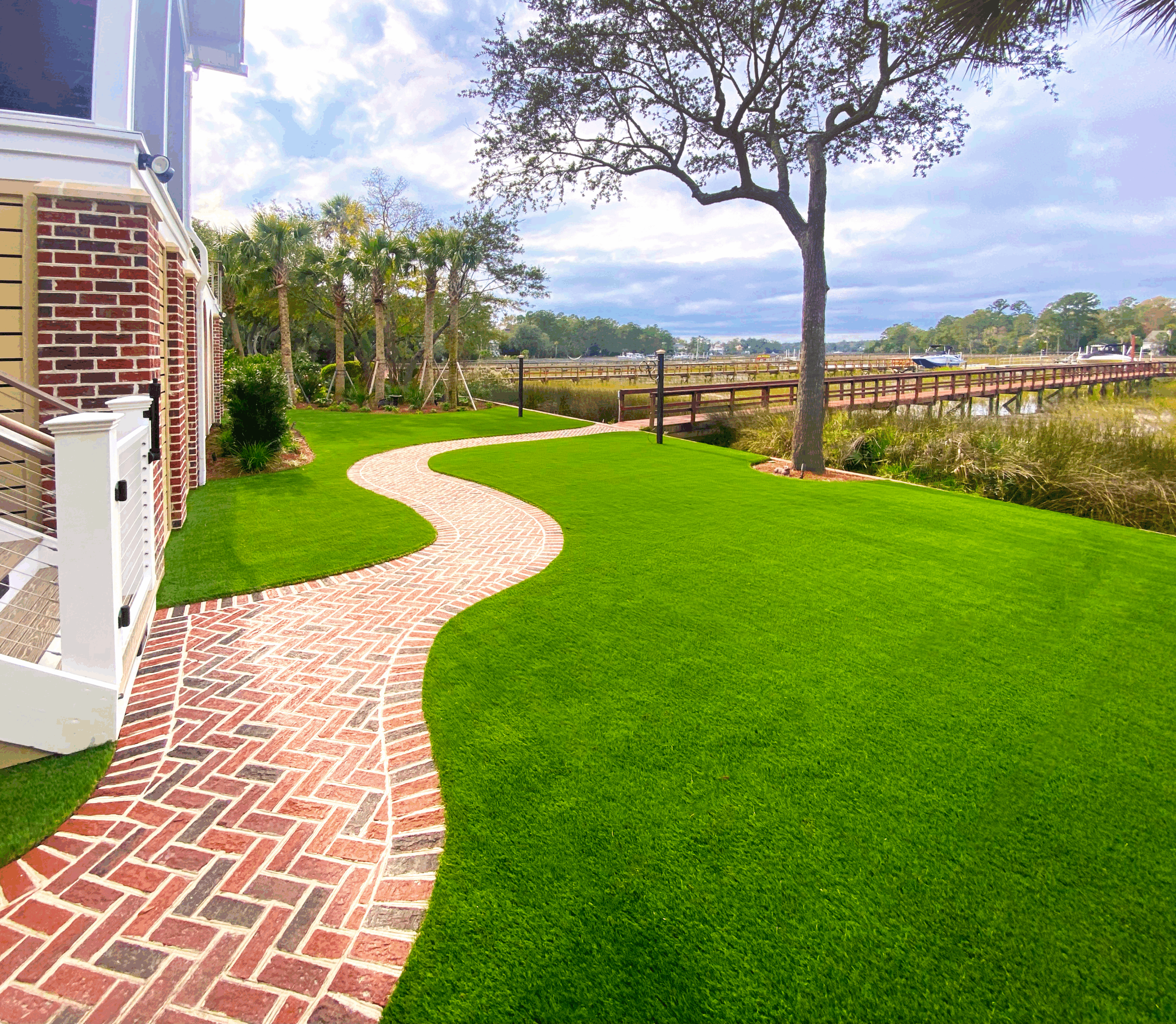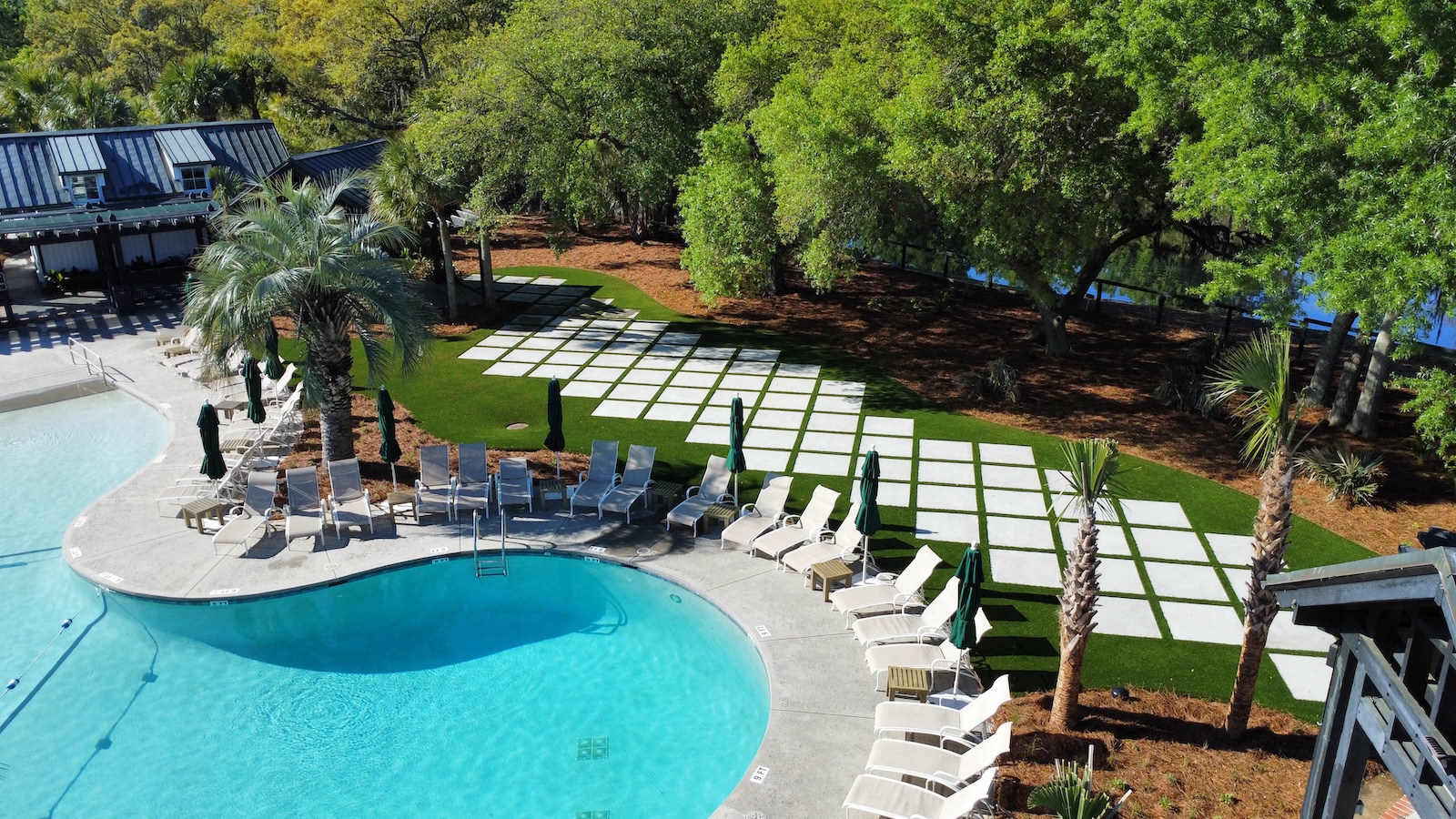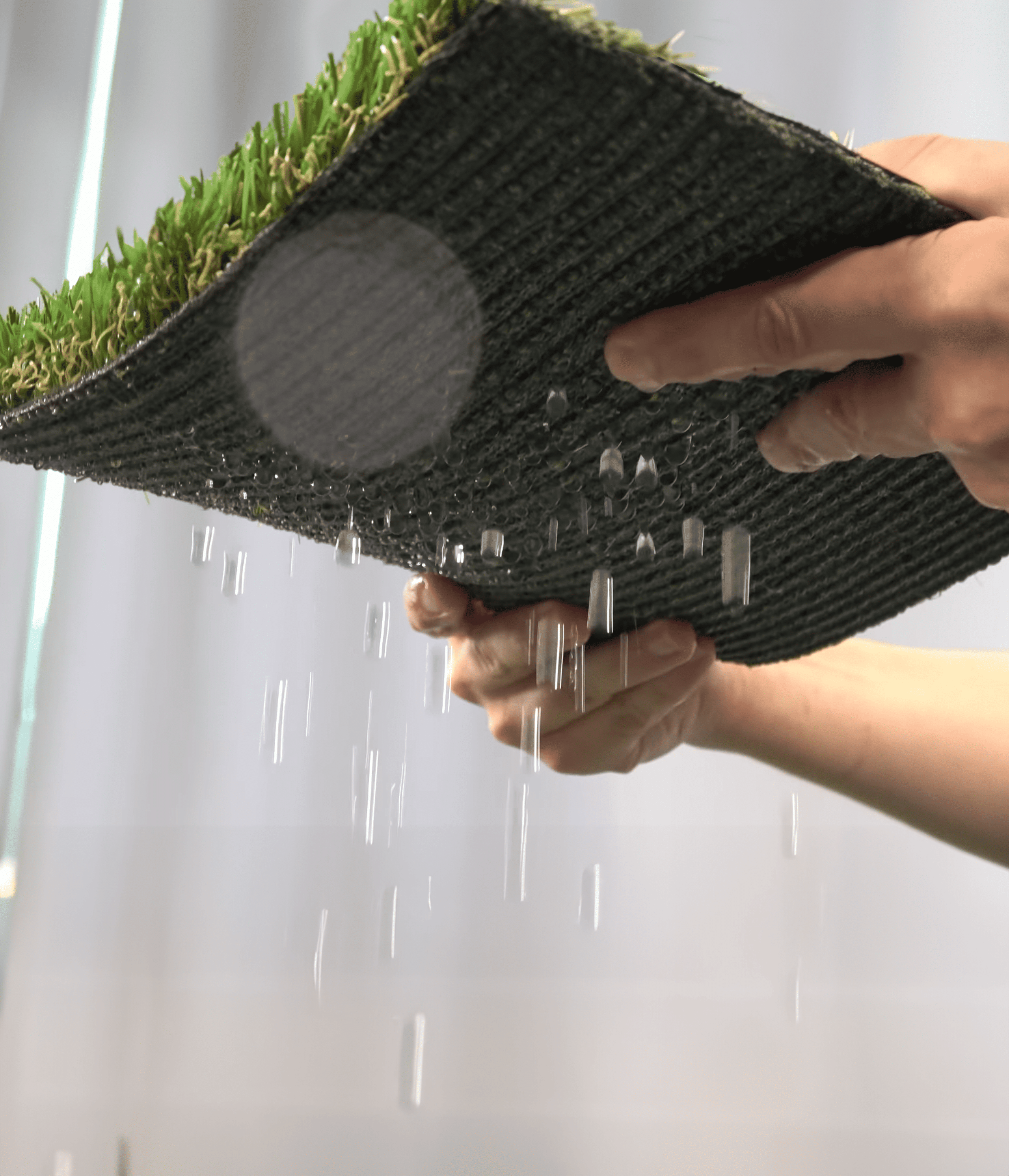Artificial Turf: The Greener Option
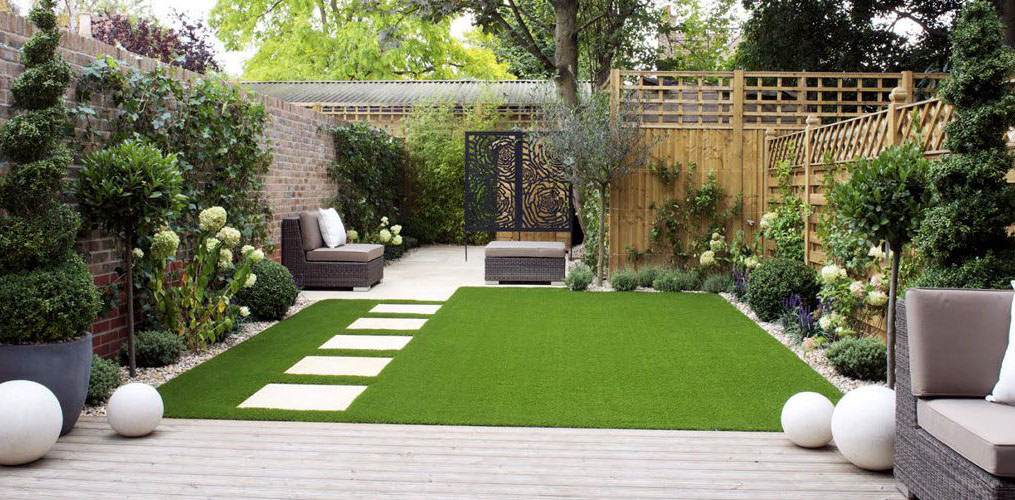
For homeowners, artificial turf has many benefits. It looks great, requires minimal maintenance, and is cost-effective. But what about the environment? Is artificial turf eco-friendly? The answer is yes!
Artificial turf has a number of environmental advantages, making it an ideal choice for anyone looking to reduce their carbon footprint. Let’s take a look at how artificial turf can help you save energy and conserve water.
Reduce Water Usage
One major benefit of artificial turf is its ability to dramatically reduce water usage. Natural grass requires regular irrigation to remain lush and green—especially in hot weather—which can lead to large water bills and wasted resources.
On the other hand, artificial turf doesn’t require any watering because it is made with synthetic materials that don’t need to be kept hydrated. This means that you can save both time and money by installing artificial turf in your yard or landscape.
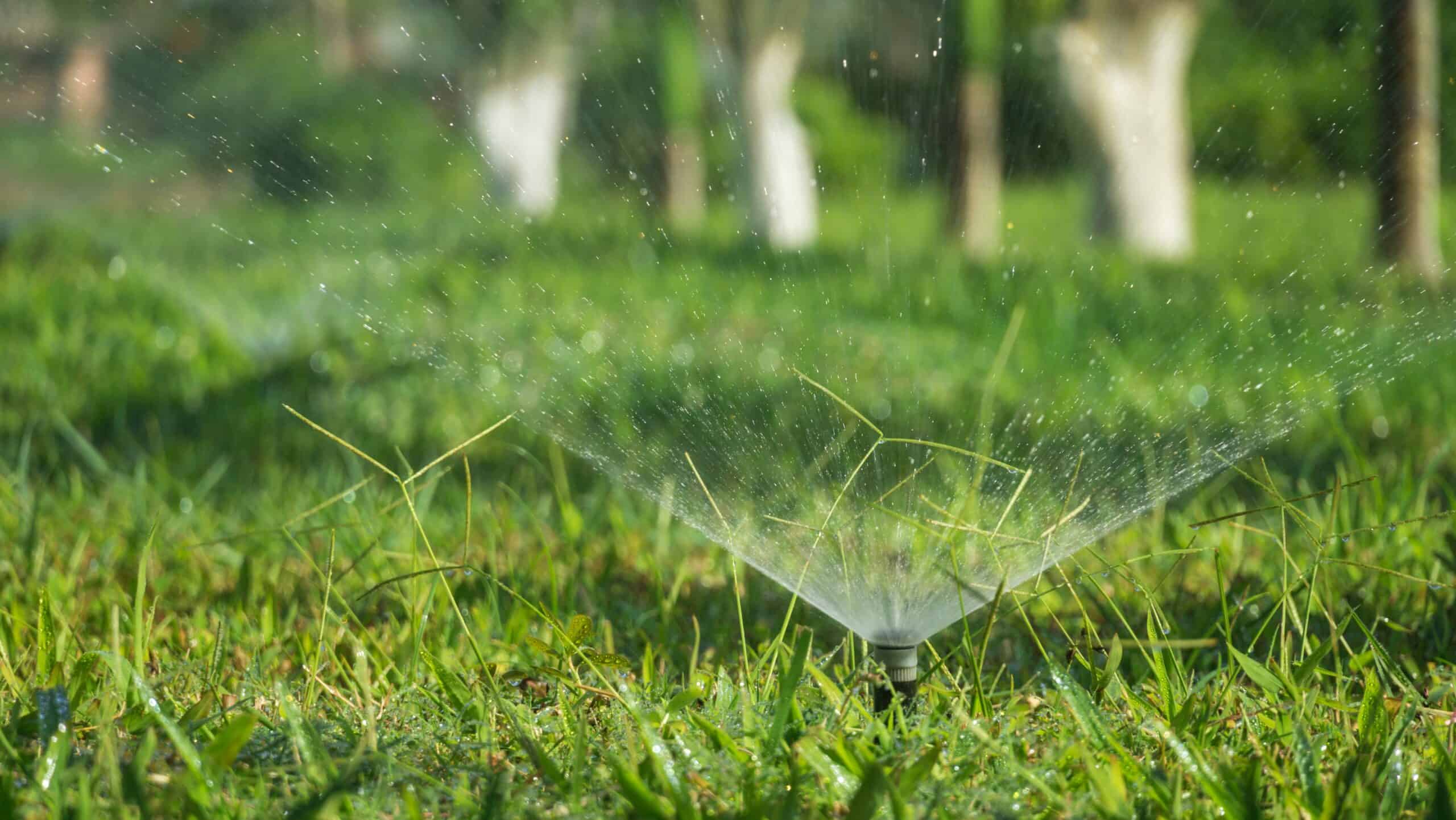
Reduced Air Pollution
One of the best environmental benefits of using synthetic grass is that it eliminates the need for gas-powered lawn equipment such as mowers and edgers which are notorious for producing large amounts of air pollution. By using synthetic grass, you won’t have to worry about running noisy gas-powered equipment and will instead enjoy a low-maintenance lawn without all the noise and fumes associated with traditional lawn care methods.
No Fertilizers or Pesticides Needed
Artificial turf doesn’t require fertilizers like natural grass does because it doesn’t grow. This means fewer chemicals used overall which reduces runoff into nearby bodies of water. Plus, ProGreen synthetic grass systems drain at a significantly better rate than natural grass, which means there will be less runoff. Not only does this reduce pollution but it also helps protect local wildlife by not introducing any potentially harmful substances into their ecosystem.
Some people worry about turf being bad for the environment because it is not natural vegetation. And yes, it’s true that synthetic grass doesn’t create oxygen or provide a habitat for bugs and worms. But don’t worry, you don’t have to sacrifice all of your living plants for the sake of a green lawn! In fact, incorporating trees, flowers, and bushes will accent your artificial grass perfectly. Plus, let’s not forget – no insects means less hassle for you. So sit back, relax, and enjoy the beauty of your low-maintenance yard.
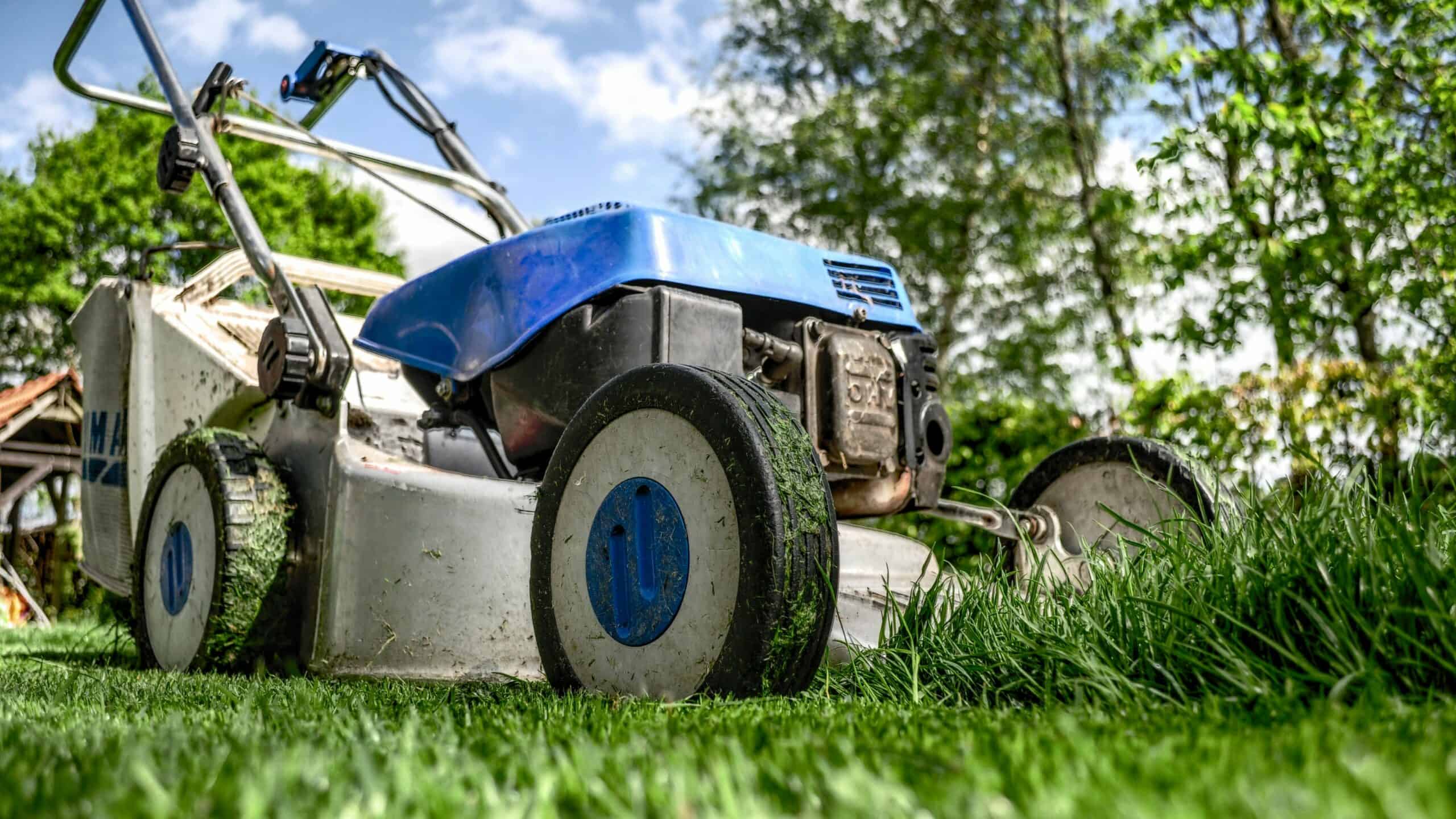
Recyclable Materials
Contrary to popular belief, ProGreen artificial turf can be 100% recyclable. This innovative product features polyurethane fibers that can easily be melted down to create new products. Plus, ProGreen offers a line of grass that features a polyurethane backing, making the entire product recyclable. Even the non-polyurethane tuft bind can be ground down to create other useful items like fence posts. So, when your 25-year lifespan is up, you can relax knowing that your eco-friendly artificial turf won’t contribute to environmental waste.
Decreasing Landfill Waste
Yardwork requires a lot of time, equipment, and supplies. But after you’re done mowing, weeding, and spraying—what happens? The clippings, fertilizer containers, and pesticide bottles get put in trash bags and left out on the side of the street. Unfortunately, these items often end up in a crowded landfill, contributing to environmental harm. Artificial turf eliminates the need for yard treatment and maintenance. Plus, synthetic turf can be recycled or reused, reducing the reliance on the landfill.
Overall, replacing natural grass with artificial turf is an excellent way for homeowners and landscapers alike to help preserve our planet’s precious resources while still maintaining a beautiful outdoor area for relaxation and entertainment. By reducing water usage, eliminating chemical runoff into nearby bodies of water, and reducing energy consumption associated with mowing and other lawn care activities—artificial turf is an easy choice when it comes to helping maintain a sustainable lifestyle while still enjoying all the comforts of home! So why not consider investing in artificial turf today? Your wallet—and the environment—will thank you!
If you have any other concerns or questions about the characteristics of eco-friendly artificial turf, please do not hesitate to contact us. Remember that installing artificial grass can earn LEED credits for your home, which is one of the highest levels of distinction for the green building industry. Do you think you would be able to get those credits with a product that is not actually good for the environment?
Interested in learning more about the environmental impact of turf?
Let us know how our specialists can help you today!

